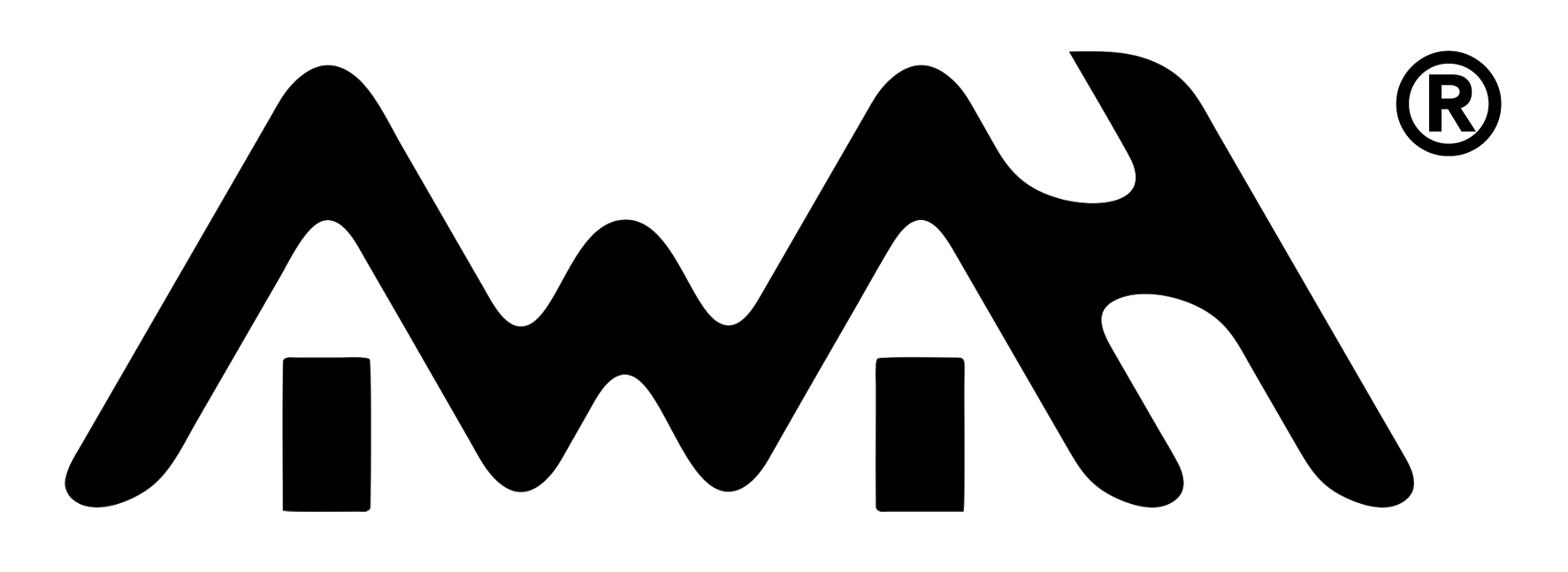AWAH Z3 PROF / Z3 FIRE Rope Slippage: Causes & Solutions
Phenomenon:
While using AWAH Z3 PROF / Z3 FIRE for lifting, you may experience rope slippage that prevents further lifting. Don’t panic—this equipment features strong reverse self-locking capabilities, meaning slippage does not occur during descent.
Cause:
AWAH Z3 PROF / Z3 FIRE functions as both an electric ascender and descender. It requires high friction for lifting and low friction for descending. Since the same rope wheel needs to accommodate both operations, it is designed to balance friction. If the friction is too high, lifting is smooth but descending fails; if friction is too low, descending is smooth but lifting may slip.
Solutions: Please check and handle the following items:
- Guide Rollers Stuck
When the 4 small guide rollers jam, lifting resistance increases and may cause slippage.
Solution: Inject a small amount of lubricant (e.g., sewing machine oil, car engine oil) into the rollers. If they are rusted due to moisture, send the unit back to the factory for replacement. - Rope Too Thick / Load Too Light
If using a thick rope (e.g., 12mm) with a light load (e.g., 50kg), the rope may not settle into the groove tightly, resulting in low friction and slippage.
Solution: Match the rope diameter appropriately to the load weight. - Rope Too Thin / Load Too Heavy
If using a thin rope (e.g., 9mm) with a heavy load (e.g., 200kg), the rope may compress and not contact the groove tightly enough, resulting in slippage.
Solution: Use an appropriate rope diameter according to the load. - Rope Weave Density
Finer woven ropes (e.g., 48 strands) slip more easily than coarse weaves (e.g., 32 strands).
Solution: Fine weave doesn’t always mean slippage—it also depends on braid tightness. Choose the right rope through overall evaluation. - New Rope with Lubricants
New ropes often contain lubricants from manufacturing, reducing friction and increasing slippage.
Solution: Soak the new rope in water for 24 hours, then air dry (avoid sun exposure) to remove lubricant. Used ropes typically have higher friction. - Poor-Quality Ropes
Ropes with poor manufacturing quality are more prone to slippage.
Solution: Always choose CE-certified EN 1891 Type A ropes. - Inconsistent Rope Quality
Some parts of the rope may grip well while others slip.
Solution: When slippage occurs, pull the rope up slightly to pass the slippery section. Again, use certified ropes. - Heat Build-up from Long Operation
After extended lifting or descending, the rope wheel may heat up, reducing friction and causing slippage.
Solution: Pour water to cool down the wheel. - Worn Rope Wheel
With wear, the rope groove pattern becomes shallow, significantly reducing friction.
Solution: If after following all the above steps slippage still occurs, the wheel may be too worn and needs replacement.
Note:
AWAH Z3 PROF / Z3 FIRE is not a traditional ascender, descender, or pulley. It’s a precision machine with a gear transmission and dual-locking system. Understanding its mechanism and following manufacturer-recommended inspections and maintenance will extend its service life and enhance operational safety.







